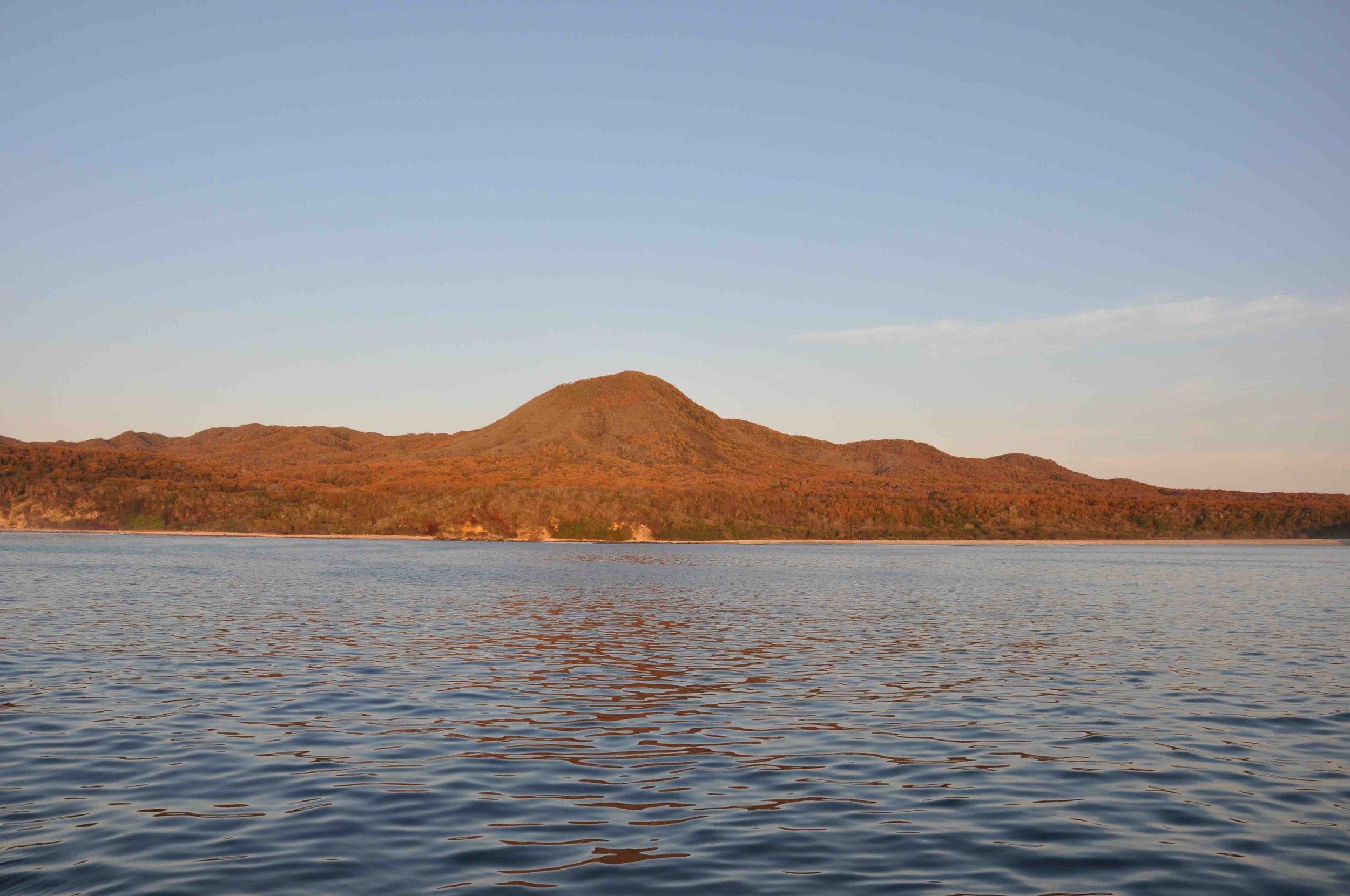ISLAS MARIAS
The Islas Marias are an archipelago of four islands located in the Pacific Ocean 100 km off the coast of the state of Nayarit and about 370 km southeast of the tip of the Peninsula of Baja California. In 2000 it was declared a Bioshere reserve then in 2010 it was declared a UNESCO World Natural Heritage Site. The presence of a prison in Isla Maria Madre since 1905, has limited the access to citizens and scientists to the archipelago, which has left the area largely understudied.
Project Overview:
Current research projects are advancing our understanding of the local coral reef biology of the area. In 2019, the prison closed and the archipelago regained under its conservation status. However, little to no scientific studies exist that analyze the role of the archipelago in the ecology and conservation of marine mega-fauna and apex predators of the region. Therefore, we need to assess elasmobranch abundance inside the protected area. Therefore, we are currently assessing elasmobranch occurrence and movements in the marine reserve and connectivity to other reserves in the Mexican Pacific.
Overarching goals for this project are:
- Establish a baseline of predator diversity and abundance in the Islas Marias Archipelago, with a focus on elasmobranch species.
- Understand movement patterns and residency of sharks using acoustic and satellite telemetry
- Examine long-term spatial and temporal patterns in elasmobranch movement at Islas Marias and connectivity to other marine reserves in the Gulf of California.
Activities:
1. BRUVS: Baited Remote Video Systems (BRUVS) are a non-invasive technique used to collect data for monitoring fish and sharks. They consist of HD GoPro Hero cameras mounted on a metal frame with bait as an attractant. When sharks come nearby, they are recorded by the camera. BRUVS are deployed for approximately 60 minutes and set at depths of 30 m.
2. Ultrasonic tagging. We affix ultrasonic transmitters on different species of sharks. We use ultrasonic tags, which emit a specific code that is recorded by acoustic receivers (listening stations). The transmitters are placed externally in the base of the dorsal fin with a Hawaiian sling used for spearfishing by SCUBA or free divers. Transmitters are also put internally in the intraperitoneal cavity through capture and incision.
3. The acoustic stations. These stations consist of underwater receivers (VR2W Vemco Ltd) which record ultrasonic signals from the tags in a range of 500 meters. The stations are placed at depths between 20 and 30 meters in aggregation zones of juveniles and adults. We currently have two acoustic stations deployed in María Cleofas Island.
Other institutions participating in this project:
- Duke University
- Prozona-Grupo Cleofas
- University of California, Santa Barbara
Species under investigation:
Tiger Shark (Galeocerdo cuvier)
Dusky Shark (charhinus obscurus)
Scalloped Hammerhead Shark (Sphyrna lewini)




